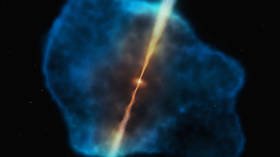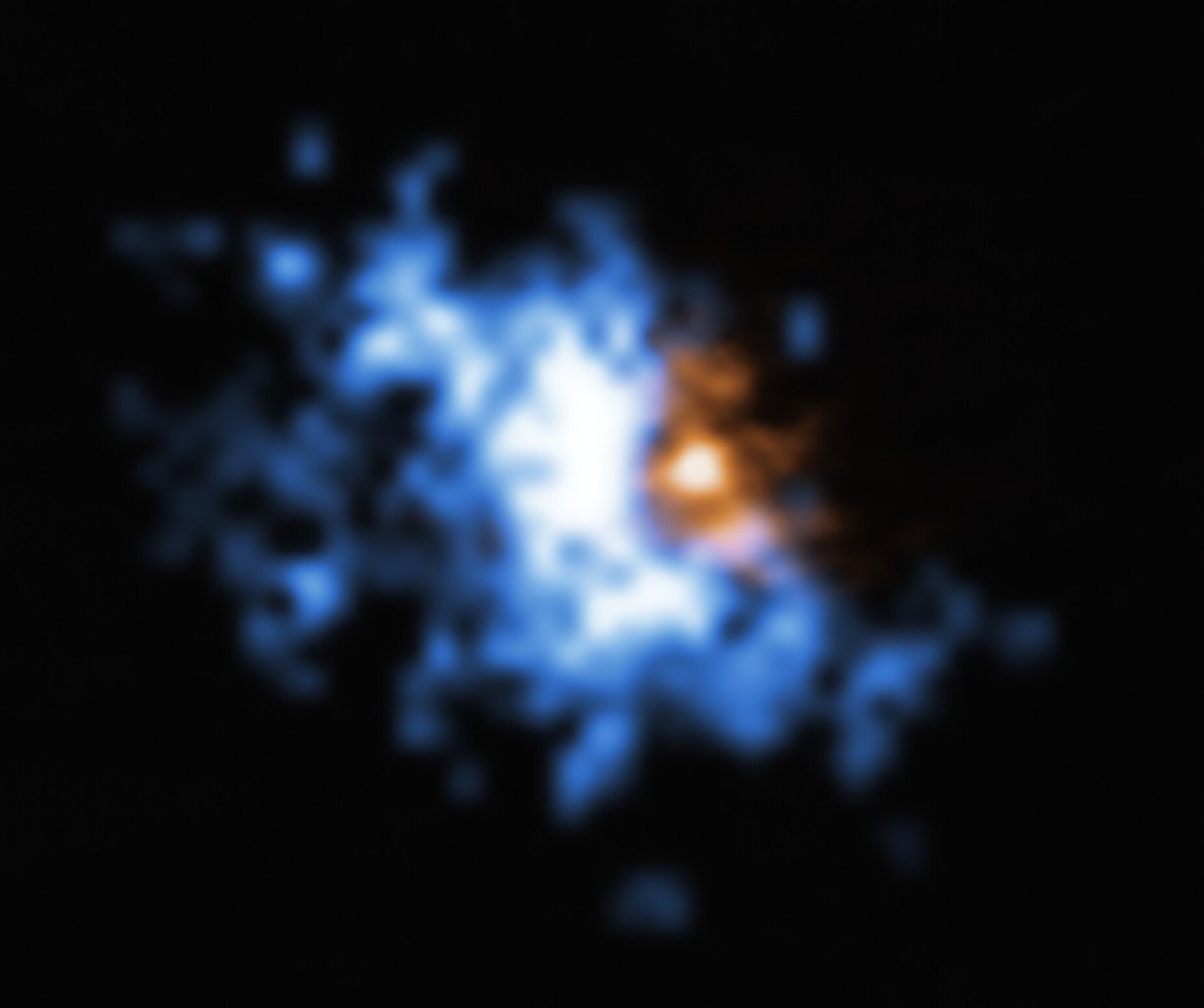Cosmic dawn feed: Astronomers finally spot gas halos that power supermassive black holes (IMAGE)

Astronomers studying the secrets of the early universe have stumbled upon the perfect feeding grounds for supermassive black holes, finally cracking how the holes grew so big - and so fast - during the ‘cosmic dawn’.
Using the European Southern Observatory’s (ESO) powerful ‘Very Large Telescope’, the team observed cool gas halos around some of the earliest known galaxies, and these gassy reservoirs are perfect for feeding black holes as well as nourishing new stars.

The new findings, published in The Astrophysical Journal, could be key in understanding how the universe first developed, according to the researchers.
"This adds a fundamental piece to the puzzle that astronomers are building to picture how cosmic structures formed more than 12 billion years ago," says Emanuele Paolo Farina of the Max Planck Institute for Astronomy in Heidelberg, Germany, who led the research.
Previous observations left scientists perplexed as to how supermassive black holes, which have masses several billion times that of our sun, could have grown so quickly, as there didn’t seem to be enough dust and gas in early galaxies to fuel them along with rapid star formations.
The new study involved surveying material powered by supermassive black holes when the universe was a relative baby, at ‘just’ 870 million years old.
Also on rt.com Milky Way soiree: Our galaxy was filled with almost 100k supernovae roughly 1bn years agoThink your friends would be interested? Share this story!













